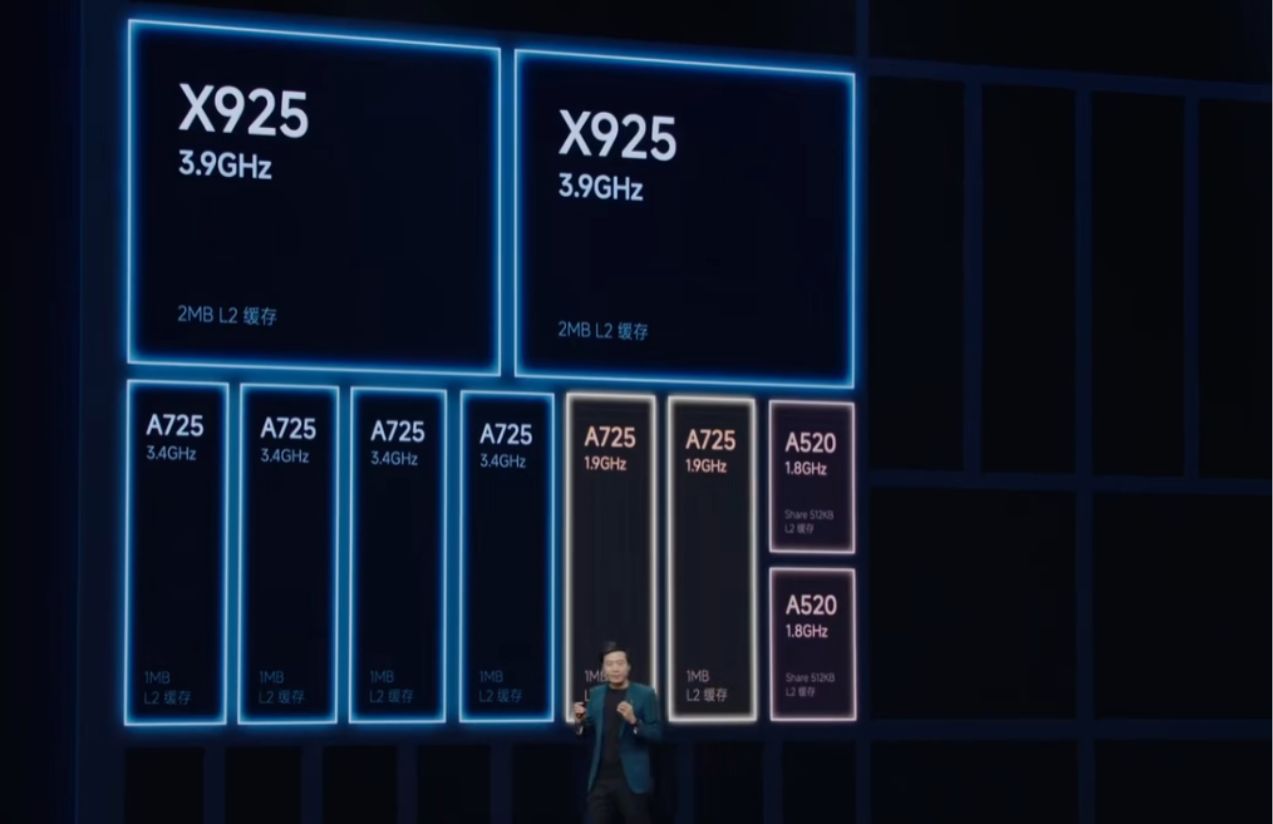Xiaomi has officially unveiled its new processor: the XRING 01, a chip that marks a major turning point in the company’s technological evolution. Although it represents a significant milestone for China, the chip itself wasn’t manufactured domestically. Instead, its production was handled by TSMC, the Taiwanese semiconductor giant also behind Qualcomm and MediaTek’s chips.
The first devices powered by the XRING 01 are the Xiaomi 15s Pro and the Xiaomi Tab 7 Ultra—two flagship products that usher in a new era for the company as it sets its sights on competing directly with the biggest players in the industry.
It’s been a while since Xiaomi experimented with its own chip, the Surge C1, in the Xiaomi Mi 5c—an attempt to challenge Qualcomm’s mid-range 600 series that ultimately faded into obscurity. Now, Xiaomi returns with renewed ambition. The XRING 01 is built using TSMC’s second-generation 3-nanometer process—the same used in the Snapdragon 8 Elite—yet it features a completely unique 10-core architecture.
The CPU is structured as follows:
- A primary cluster with two X925 cores running at 3.9 GHz,
- A secondary cluster of four A725 cores at 3.4 GHz,
- Another two A725 cores at 1.9 GHz,
- And finally, two A520 cores at 1.8 GHz dedicated to low-power tasks.
For graphics, the chip integrates the Immortalis G925 GPU, introduced by ARM in late 2024—promising a strong performance in visual processing.
Xiaomi claims the XRING 01 outperforms even Apple’s A18 Pro, not just in raw power but also in thermal efficiency—at least within the Xiaomi 15s Pro. According to benchmark tests like AnTuTu, the chip scores over 3,000,000 points, edging slightly ahead of Qualcomm’s Snapdragon 8 Elite.
With this launch, Xiaomi is positioning itself alongside the three semiconductor giants: Qualcomm, MediaTek, and Apple. Whether these impressive specs will translate into real-world performance remains to be seen, as does the long-term success of Xiaomi’s in-house chip strategy beyond China.
Importantly, this move doesn’t signal a break with Qualcomm. Xiaomi recently signed a multi-year agreement with the American company to continue using its processors and to remain one of its preferred partners.
But this launch underscores a broader ambition: Xiaomi wants the world to see it as much more than a smartphone and gadget maker. The company is striving to become a key player in electric vehicles and smart home ecosystems, reinforcing its transformation into a global tech powerhouse.

